Leading market players invested heavily in research and development (R&D) to scale up their manufacturing units and product lines, which will help the Acrylic Fiber Market grow worldwide. Market participants are also undertaking various organic or inorganic strategic approaches to strengthen and expand their footprint, with important market developments including new product portfolios, contractual deals, mergers and acquisitions, capital expenditure, higher investments, and strategic alliances with other organizations. Businesses are also coming up with marketing strategies such as digital marketing, social media influencing, and content marketing to increase their scope of profit earnings.
The Acrylic Fiber industry must offer cost-effective and sustainable options to survive in a highly fragmented and dynamic market climate.
Manufacturing locally to minimize operational expenses and offer aftermarket services to customers is one of the key business strategies organizations use in the Acrylic Fiber industry to benefit customers and capture untapped market share and revenue. The Acrylic Fiber industry has recently offered significant advantages to the apparel and furnishing industry. Moreover, more industry participants are utilizing and adopting cutting-edge technology has grown substantially.
Major players in the Acrylic Fiber Market, including Aksa Akrilik Kimya Sanayii A.Ş. (Aksa), JILIN QIFENG CHEMICAL FIBER CO.LTD, Thai Acrylic Fiber Market Co.Ltd.Kaltex, Indian Acrylics Limited, Pasupati Acrylon Limited, SINOPEC, Formosa Plastic Group, and Polymir, are attempting to expand market share and demand by investing in research and development (R&D) operations to produce sustainable and affordable solutions.
Thai Acrylic Fiber Market Co. Limited, an Aditya Birla Group's subsidiary, is one of the world's top five manufacturers of high-quality acrylic fiber. It constitutes one of the world's major acrylic fiber businesses. It was founded in 1987 and manufactures a wide variety of acrylics and specialty acrylic fibers for applications in end-use. Thai Acrylic Fiber Market Company became Bluesign's network provider in January 2021. In 2020, TAF underwent an extensive screening procedure by Bluesign, which included input stream administration, management of the environment, occupational health and safety, product oversight, and legal and ethical compliance.
Lydall, Inc. is a maker of designed specific goods for the thermal/acoustical & filtration/separation sectors. It creates and produces synthetic substances for a wide range of uses. The organization develops and manufactures engineered specialty papers, automobile thermal protection, acoustical obstructions, and healthcare filtration and biological processing elements. The fabricated products of the organization are marketed to original equipment manufacturers (OEM). Despite the COVID-19 epidemic, Lydall, a worldwide performance material firm that holds the old Interfaces Systems and Armstrong site in Volney, had a successful year in 2020, and the facility hoped to sustain that success in 2021.
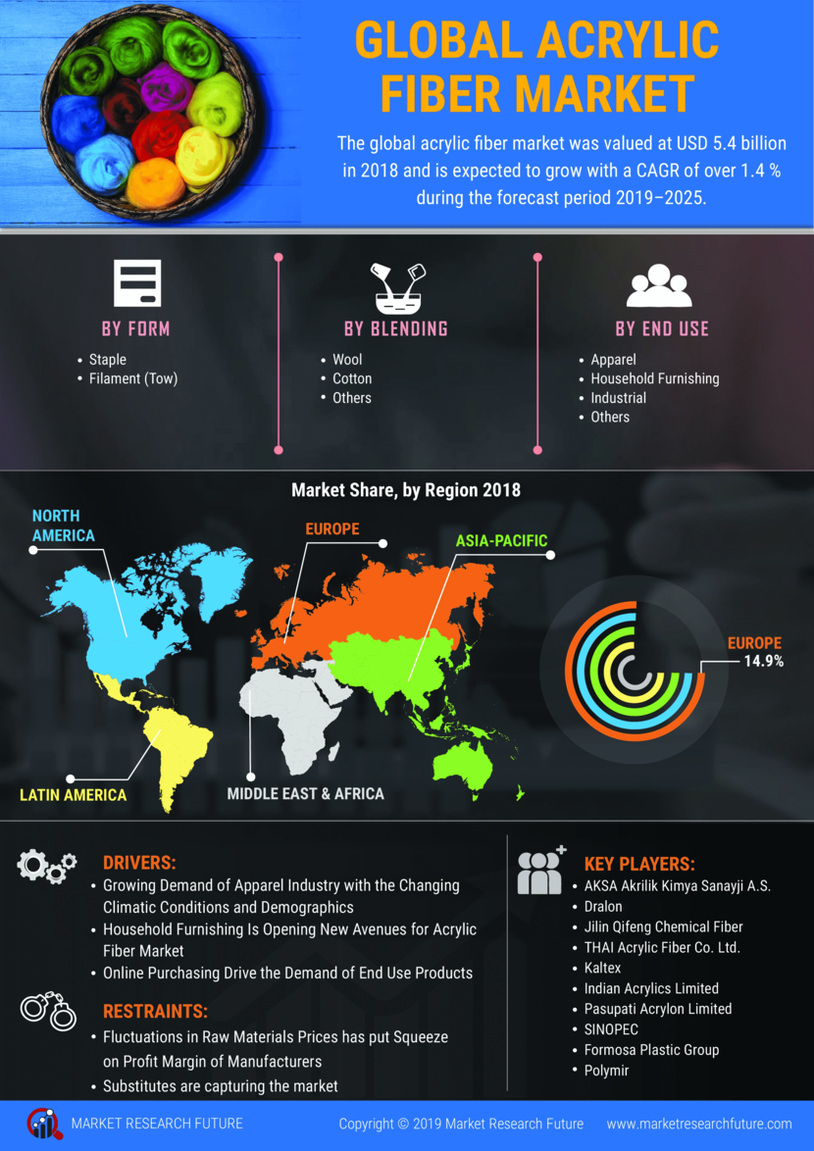

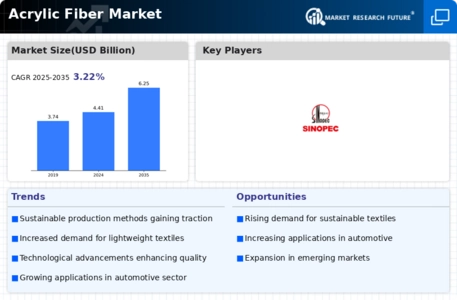
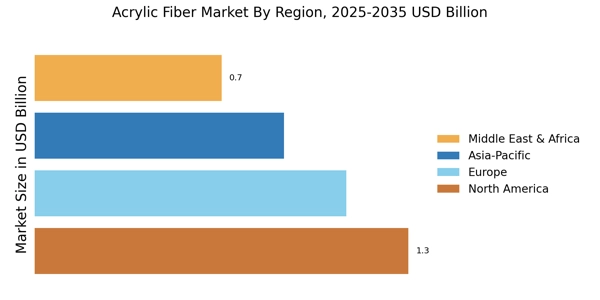
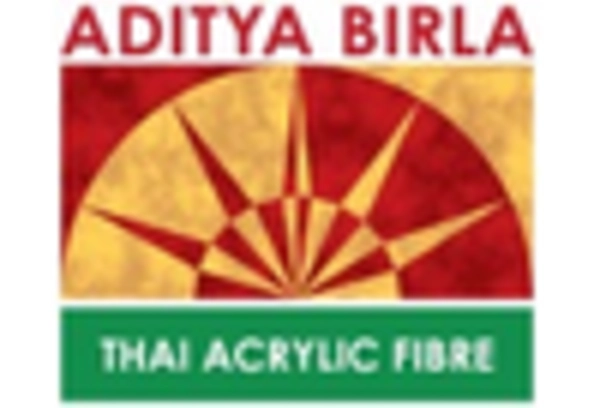
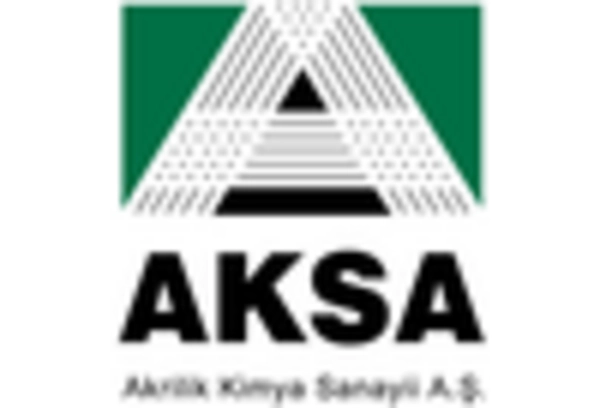












Leave a Comment